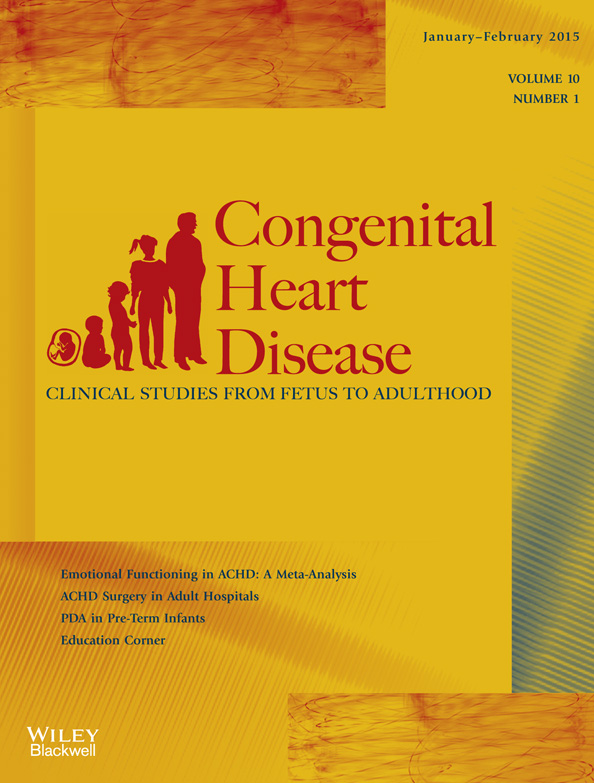Embedding Patient Simulation in a Pediatric Cardiology Rotation: A Unique Opportunity for Improving Resident Education
Abstract
Objective
High-fidelity patient simulation (HFPS) has been used in medical education to bridge gaps in medical knowledge and clinical skills. Few studies have analyzed the impact of HFPS in subspecialty rotations for pediatric residents. We hypothesized that pediatric residents exposed to HFPS with a structured content curriculum would perform better on a case quiz than residents without exposure to HFPS.
Design
Prospective randomized controlled
Setting
Tertiary-care free standing children's hospital
Interventions
During a cardiology rotation, senior pediatric residents completed an online pediatric cardiology curriculum and a cardiology quiz. After randomization into two groups, the study group participated in a fully debriefed HFPS session. The control group had no HFPS.
Outcome Measure
Both groups completed a case quiz. Confidence surveys pre- and postsimulation were completed.
Results
From October 2010 through March 2013, 55 residents who rotated through the pediatric cardiology rotation were used in the final analysis (30 control, 25 in the study group). There was no significant difference between groups on the initial cardiology quiz. The study group scored higher on the case quiz compared with the control group (P = .024). Based on pre- and postsimulation questionnaires, residents' confidence in approaching a pediatric cardiology patient improved from an average Likert score of 5.1 to 7.5 (on scale of 0–10) (P < .001).
Conclusions
Incorporation of HFPS into a preexisting pediatric cardiology rotation was feasible and well received. Our study suggests that simulation promotes increased confidence and may modestly improve clinical reasoning compared to traditional educational techniques. Targeted simulation sessions may readily be incorporated into pediatric subspecialty rotations.




